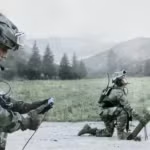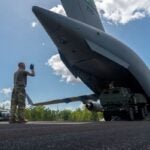
The U.S. Air Force is to solicit proposals for common automatic test equipment to verify the functionality of weapon system components. Air Force Materiel Command's Air Force Life Cycle Management Center (AFLCMC) said that the future Automatic Test Systems Acquisition-I (ATSA-I) would be an "enterprise contract to support and sustain Automatic Test Systems (ATS) in the support of the Agile Combat Support (AFLCMC/WNA), Warner Robins Air Logistics Complex, Warner Robins, Georgia, for the ATS Division." The division is seeking industry…














